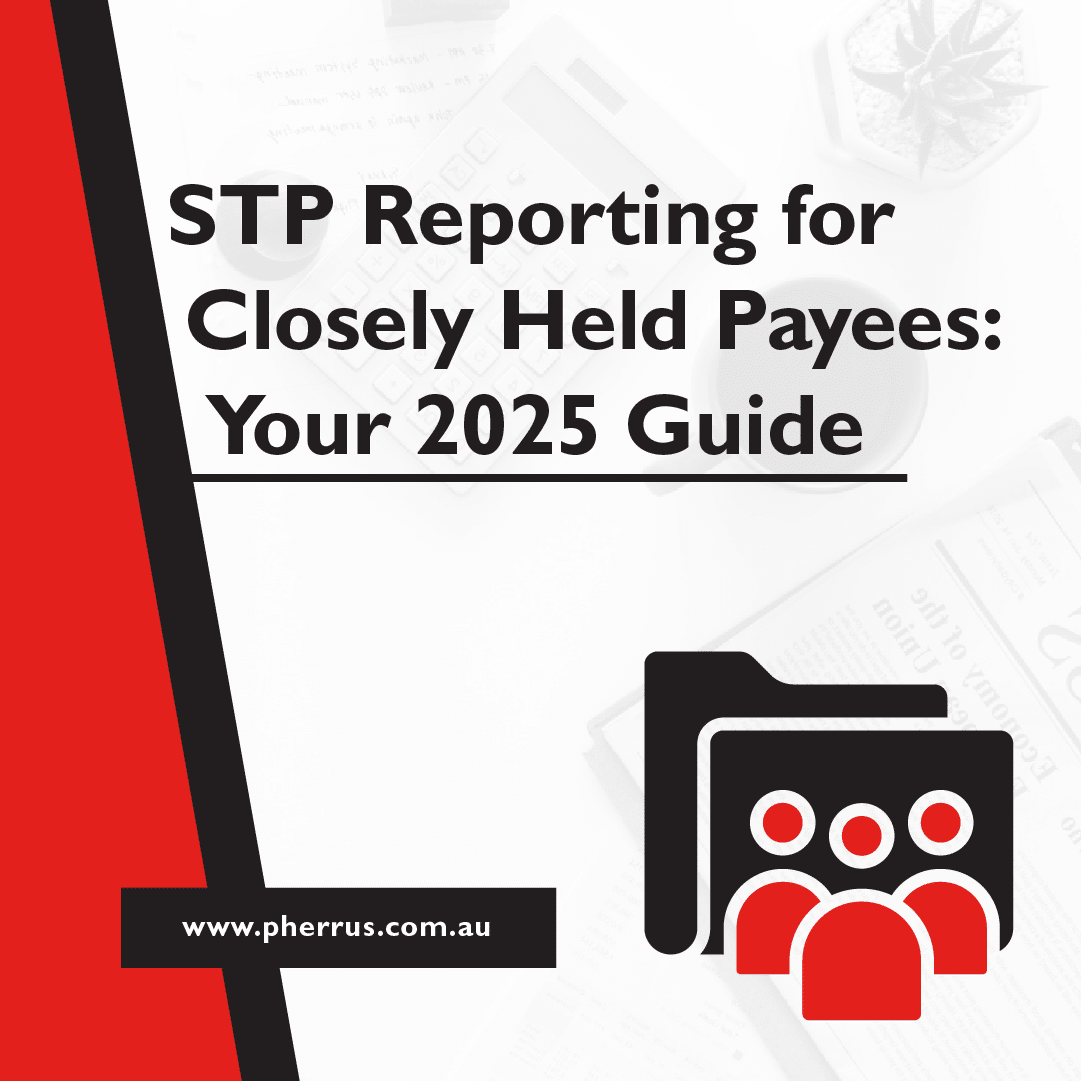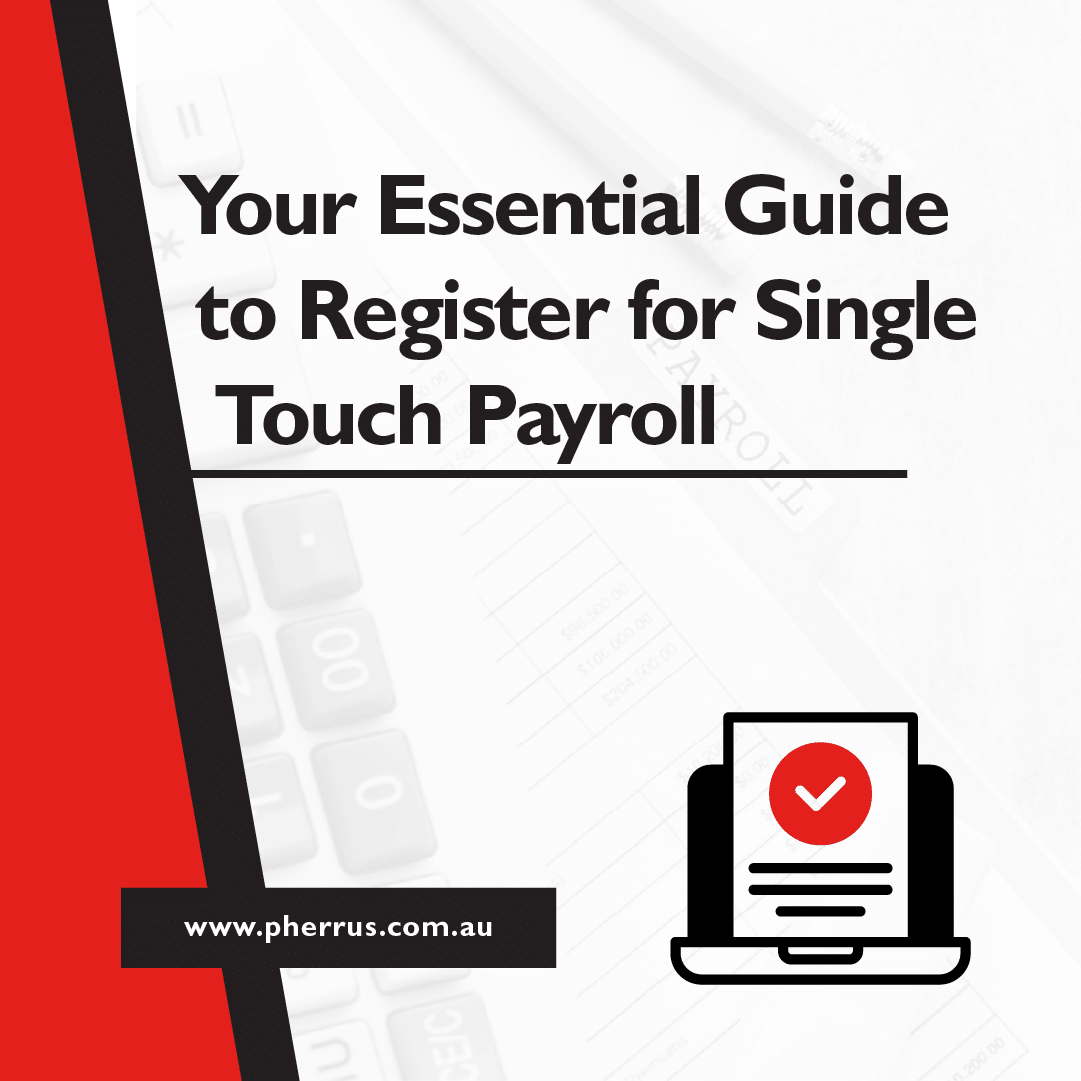The Australian Chamber of Commerce and Industry, the Business Council of Australia, and other business groups have lobbied for the lowering of the corporate tax rate for years. Therefore, the tax cut comes as good news to Australia’s businesses, as a substantial tax reduction is exactly what business owners and investors need in a tough global market place.
2016 Enterprise Tax Plan
In the 2016/17 Budget, the government announced its intention to progressively cut the corporate tax rate for big businesses from 30 per cent to 25 per cent over the next ten years. The budget papers also outlined a tax cut for small and medium businesses from 28.5 per cent to 25 per cent to also be phased in over the next ten years to 2026/27. As an incentive for businesses to spur economic growth, the tax cut will see all corporate tax rates in Australia align at 25 per cent inside a decade.
In 2015, the government, through the Australian Tax Office, took the first step to whet investor appetite by affecting a tax cut of 1.5 per cent, from 30 per cent to 28.5 per cent, for small business entities with an aggregated annual turnover threshold of $2million. Then last year, the government extended the tax cut by increasing the threshold for small businesses to $10million and further reduced the tax rate for businesses in this bracket by 1 per cent to 27.5 per cent. However, the tax rate for other corporate entities whose annual turnover exceeded the $10million threshold remained unchanged at 30 per cent.
Base rate entities
The 2017/18 income year will see base rate entities introduced as a tax bracket for corporates that are eligible for the lower tax rate. While the threshold for small business entities remains at $10 million from 2017/18 onwards, the threshold of the base rate entities is expected to rise from $10million to $25million this financial year and then to $50million in 2018/19 through to 2026/27.
Corporate entities within this threshold will enjoy the same tax rate, of 27.5 per cent, as small businesses up until 2023/24. Then in the subsequent 2024/25 income year, the rate will drop 0.5 percentage points to 27 per cent. In 2025/26 a tax cut of 1 per cent will reduce the rate to 26 per cent then down another 1 per cent in the following year 2026/27 to 25 per cent where it is expected to remain constant for the foreseeable future. All this while corporate entities that feature above the $50million threshold grapple with the 30 per cent tax rate.
Enterprise Tax Plan 2017
Since the enterprise tax plan for 2016 left the corporates with an annual turnover exceeding $50million out in the cold of the crippling 30 per cent tax rate, the government introduced a second bill that comes as a relief for big businesses. Unlike its predecessor, the second tax plan focuses on businesses with an annual turnover from $100million onwards.
Business entities with a turnover threshold of $100million will see their tax rate reduced from 30 per cent to 27.5 per cent with effect from 2019/20 all the way to 2024. The threshold goes up to $250million in the following year 2020/21 then doubles to $500million in 2021 only to increase yet again in 2022/23 to a staggering $1billion. In the subsequent 2023/24 financial term, corporate entities whose turnover exceeds $1billion will join the party at the same tax rate of 27.5 per cent. This reduction means that all companies will enjoy the spoils of a reduced tax rate, regardless of their annual turnover.
In the meantime, a tax cut of 0.5 per cent will take effect in 2024/25 to bring down the rate from 27.5 per cent to 27 per cent. The rate then reduces in the subsequent two years by 1 per cent each year to settle at 25 per cent by 2026/27.
Corporate tax rate for imputation
Franking credits is another way of referring to imputation credits, which are Australia’s get out of jail free card for companies to pass on tax paid at the enterprise level to its investors. The franking credits applicable for distribution by a corporate will be based on the corporate tax rate for the entity in question for that particular year. This is unless the entity had a turnover in the previous year that is equal to or greater than the threshold for the current year.
In cases where a business allocates franking credits distributions based on the past year’s tax rate, they are expected to notify shareholders of the adjusted dividend and credit amounts based upon the tax rate of the current year. This responsibility weighed in tandem with the first wave of tax cuts initiated in the 2015/16 financial year. The ATO further expects such companies to notify the authority of the right amounts by way of the company’s annual dividend reports.
PAYG Instalments
With effect from June 2017, the ATO allows corporate entities to vary their tax instalments to reflect the reduced rates in what they call PAYG instalments without exposure to a variation penalty. To take advantage of the payment latitude, companies need to accurately estimate its tax on the business or investment income without underestimating the amount or rate. There are two ways to go about this:
- Vary the instalment amount by estimating the amount of tax expected of your business income for the year.
- Vary the instalment rate by first estimating your income for the year, then estimating the tax on the revenue for that year, and using those figures to calculate your varied instalment rate. You should then proceed to multiply your investment income for the quarter by the instalment rate. Remember to account for any credit activity for previous instalments in the current financial year.
Conclusion
The tax reductions are bound to increase your company’s revenue much to the benefit of your shareholders and the growth of your business in the long term. Contact our experts today for the best business accounting and for more information on how to vary the amount you pay or any other feature of this article.




